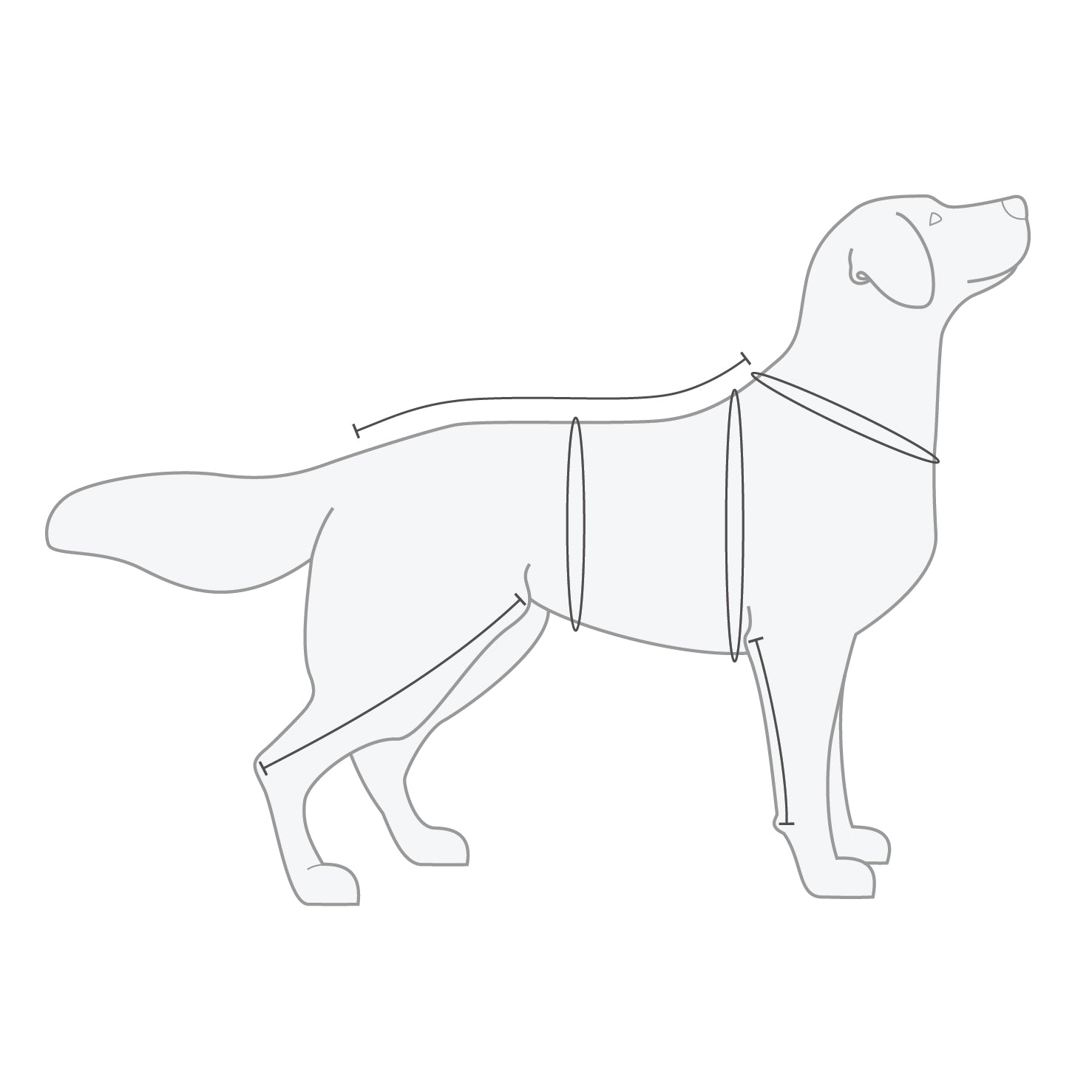Measuring made simple—for a snuggled fit
Measuring your dog is the easiest way to find the perfect Hurtta gear—first time, every time. Just follow the steps below and check our size chart. Easy as a wag and a woof!
Quick guide to measuring your dog
1. Grab a measuring tape—or a piece of string and a ruler.
2. Have your dog stand evenly on all fours. Treats and a buddy help!
3. Measure snugly over thick or long fur—leave about a finger’s width of space.
4. Measure back length, neck, chest, and both front and back legs, using the diagram as your guide.
Here’s how to measure like a pro
Click the plus buttons below to access a detailed guide on taking accurate measurements of your dog, complete with step-by-step written instructions and helpful videos.
Our favourite measuring clips
Watch quick, easy videos featuring real dogs of different breeds, sizes, and coats. We’ll show you exactly how to measure for jackets, overalls, harnesses, and collars—no guesswork needed.

Collars
Measure points: neck.
Example: large breed

Harnesses
Measure points: neck & chest.
Example: medium, curly haired breed

Safeguard (3-point)
Measure points: neck, chest & waist.
Example: large breed, deep chest, narrow waist

Coats
Measure points: neck, chest & back.
Example: small, long-backed breed

Rain coats
Measure points: neck, chest & back.
Example: large, curly haired breed
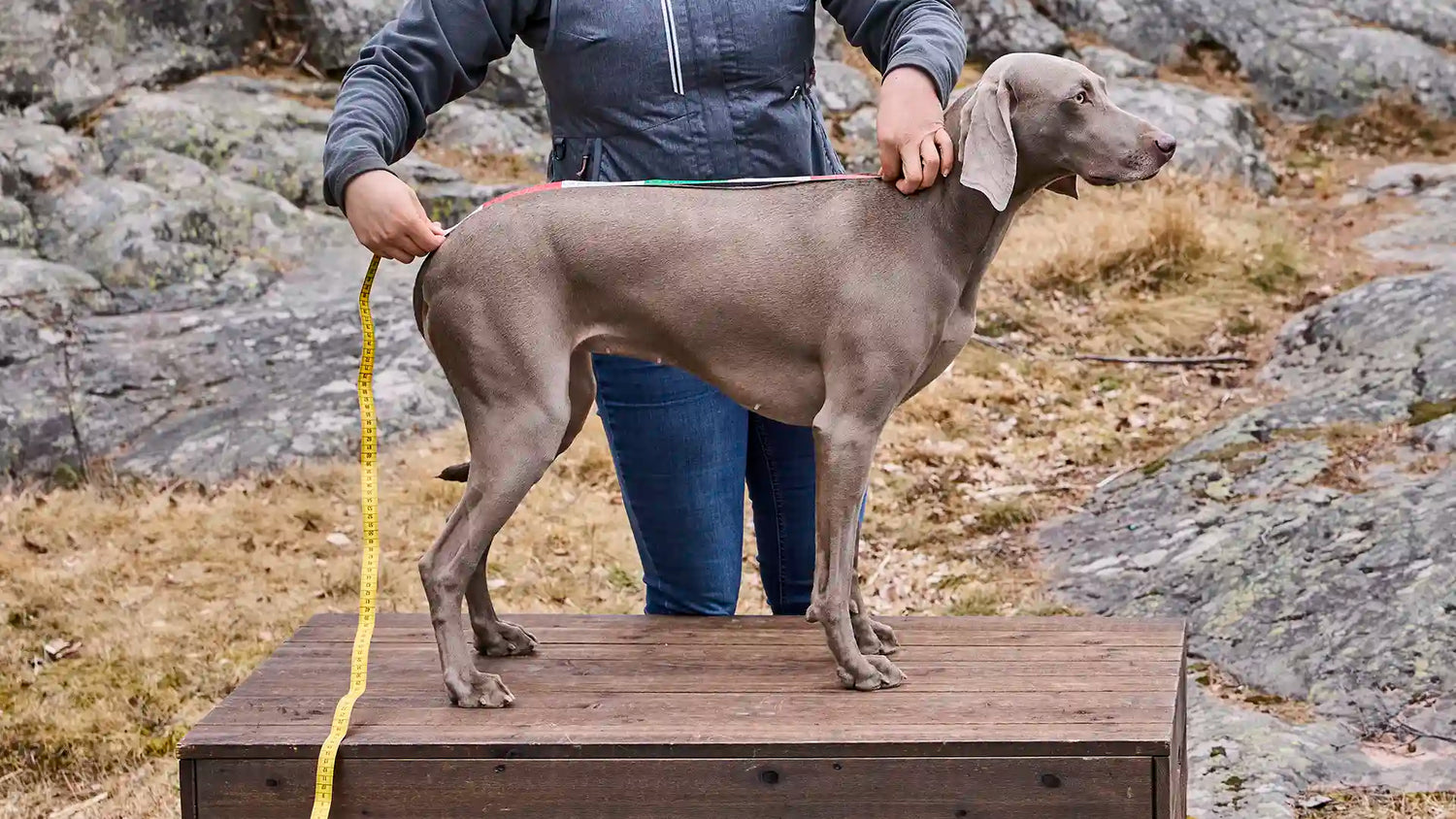
Winter jackets
Measure points: neck, chest & back.
Example: large breed

Overalls
Measure points: neck, chest, back & legs.
Example: large breed
Find the right size, from the get-go
Every Hurtta product has its own size chart, which you’ll find on the product page. Match your dog’s measurements to the chart. Always aim for a size that allows a bit of room for movement without being too tight or too loose. Hurtta gear includes smart adjustment features to fine-tune the fit.

Get it right, skip the return shuffle
By comparing your dog’s measurements to our size chart, you’ll make sure their gear fits just right—and works the way it should. The right size means maximum comfort, freedom to move, and protection from the elements. Best of all, you avoid the hassle of returns and get straight to spending quality time with your best friend.
More tips!

Between two sizes? Here’s what to do.
Choosing a shell jacket that needs room for a mid-layer? Go for the larger size. Picking an active dog overall? Opt for the smaller size so it fits snugly and stays in place.
For jackets, we recommend sizing up—Hurtta gear has excellent adjustability. Especially with the back length adjustment, the jacket will stay securely in place without limiting movement or leaving gaps.

Fit tips by body and fur type
When selecting the right size for your dog, their body shape plays a crucial role. Always prioritize comfort and adjustability, especially when your dog’s body type falls outside standard sizing options.
Slim or lean dogs
Choose a smaller size for a snug, secure fit—without excess fabric. This prevents shifting or sliding during walks and play.
Muscular or broad dogs
Go up a size to allow room around the chest and neck without restricting movement. Check the size chart for XL options to ensure comfort.
Fur type
Short-haired dogs typically need less room in their gear. Long- or thick-furred dogs may need more space, especially in colder months when the fur is fuller. If your dog is trimmed for summer, consider sizing accordingly for seasonal changes.

How to avoid ordering the wrong size
❌ Don’t rely only on breed recommendations:
These are general guidelines. Dogs of the same breed can vary a lot, so measuring your own dog is always the best approach.
❌ Don’t size up “just in case”:
It’s tempting—especially with puppies—but extra room often leads to poor fit and discomfort. Choose the correct size and adjust as your dog grows.
❌ Don’t skip key measurements:
Some products prioritize specific measurements, like chest girth for harnesses or back length for jackets. Ignoring these may result in a poor fit.
❌ Don’t assume sizes are consistent across products:
Different models and materials may fit differently. Always check the product-specific size chart to ensure the best fit for your dog.

Special fits for special breeds
Some Hurtta products come in special sizes designed for specific breeds. These are marked with a letter after the size number—so you know it’s tailored to fit your dog’s unique shape.
XS: Special size for long-backed and short-legged breeds,
including Dachshunds.
S: Basic size for small slender and short-legged dwarf breeds,
including Tibetan Spaniel and Jack Russell Terrier.
M: Basic size for dogs with medium neck, chest and leg length,
including Schnauzer and Labrador Retriever.
L: Special size for dogs with a deep chest, or narrow body and long legs,
including Poodle and Whippet.
XL: Special size for thick-necked and wide-chested breeds,
including French Bulldog and Bull Terrier.

Every dog is one of a kind
Our size charts are based on measurements from thousands of dogs across hundreds of breeds. With years of data, we can offer helpful breed-based size recommendations. But every dog is an individual—and even within breeds, body types vary a lot. That’s why measuring is the most reliable way to find the perfect fit for your unique fur ball.
Dress, Fit & Go
Dressing videos

Weekend Warrior Harness II ECO

Safeguard Harness ECO
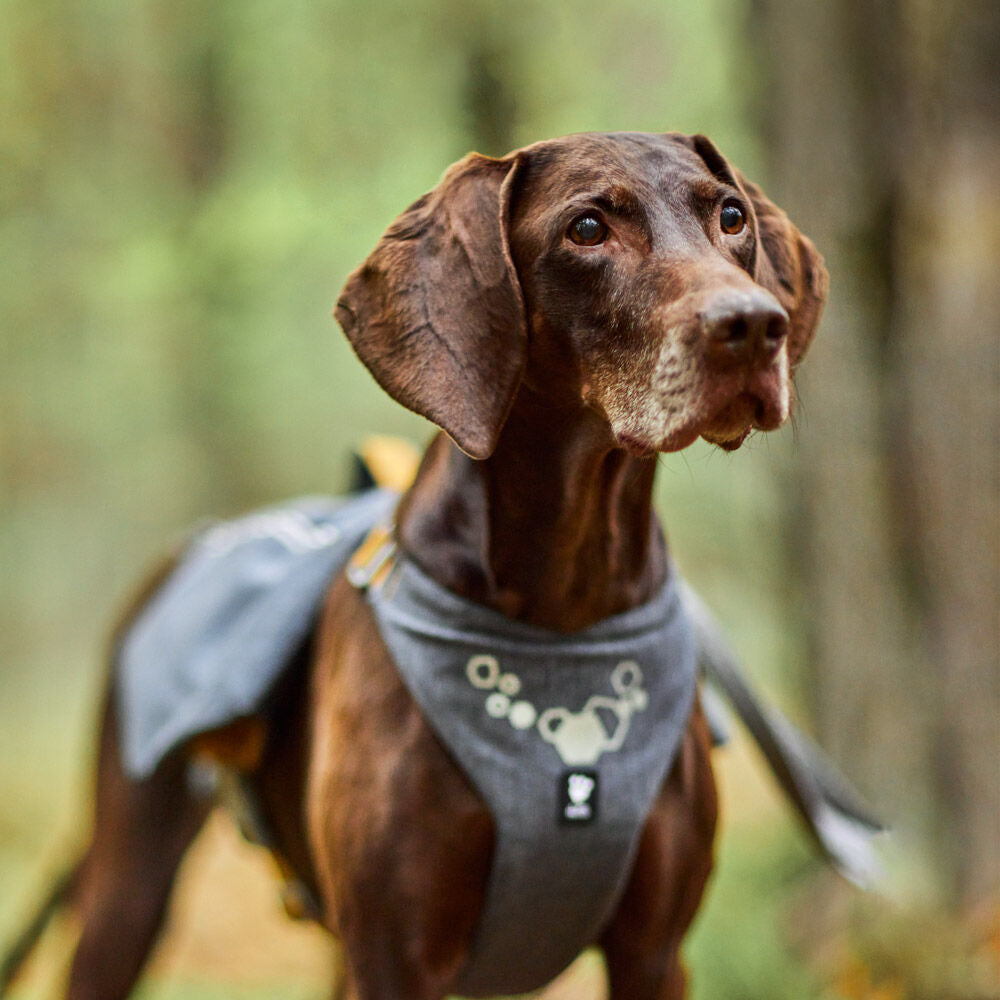
Expedition Pack ECO

Monsoon Coat II ECO

Extreme Warmer III

Cooling Wrap

Life Savior ECO
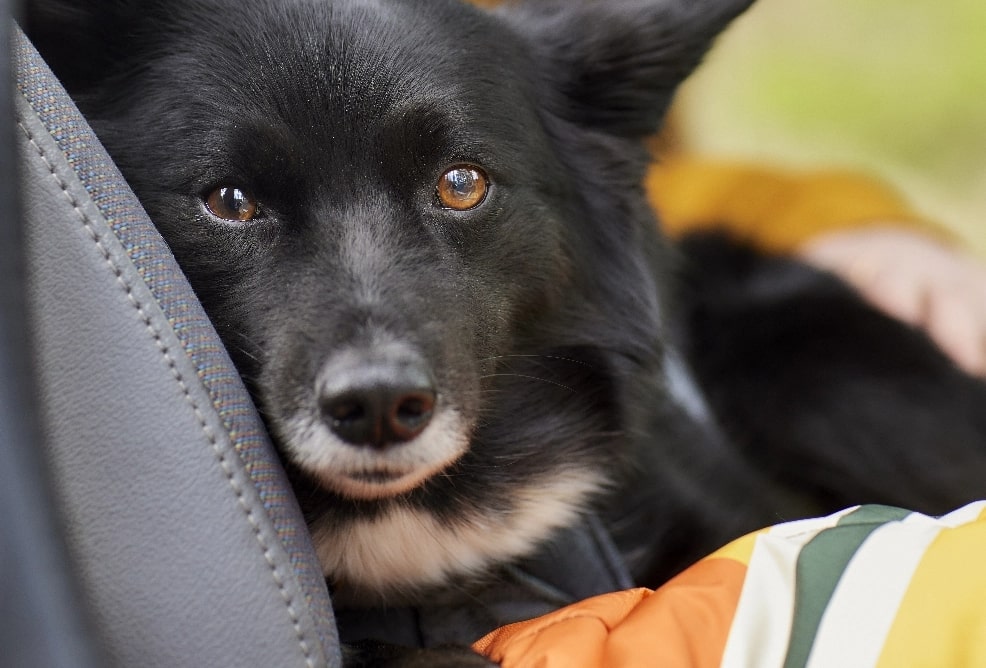
Travel Harness ECO
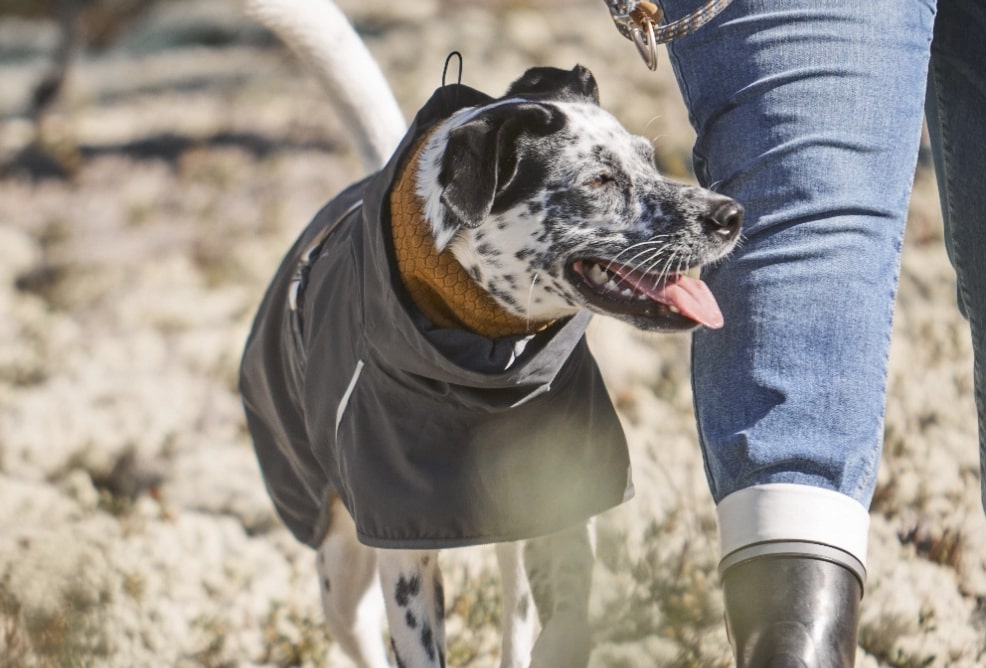
Warming Midlayer ECO

Mudventure Reflective Coat

Mudventure Overall ECO

Safety Wrap ECO

Training Vest ECO
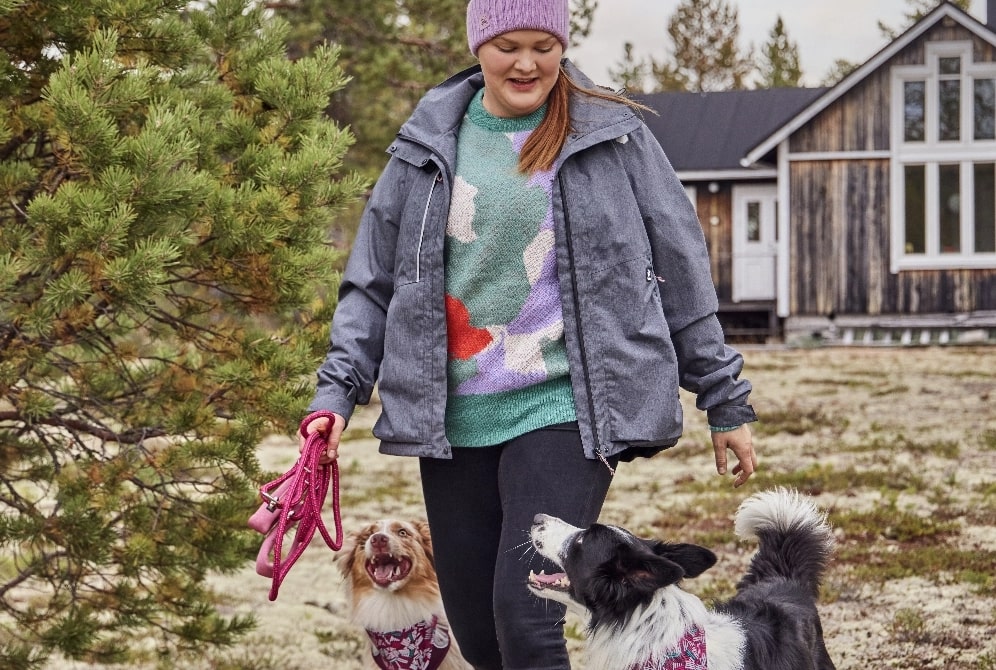
Training Jacket ECO

Mudventure Coat ECO

Midlayer Overall
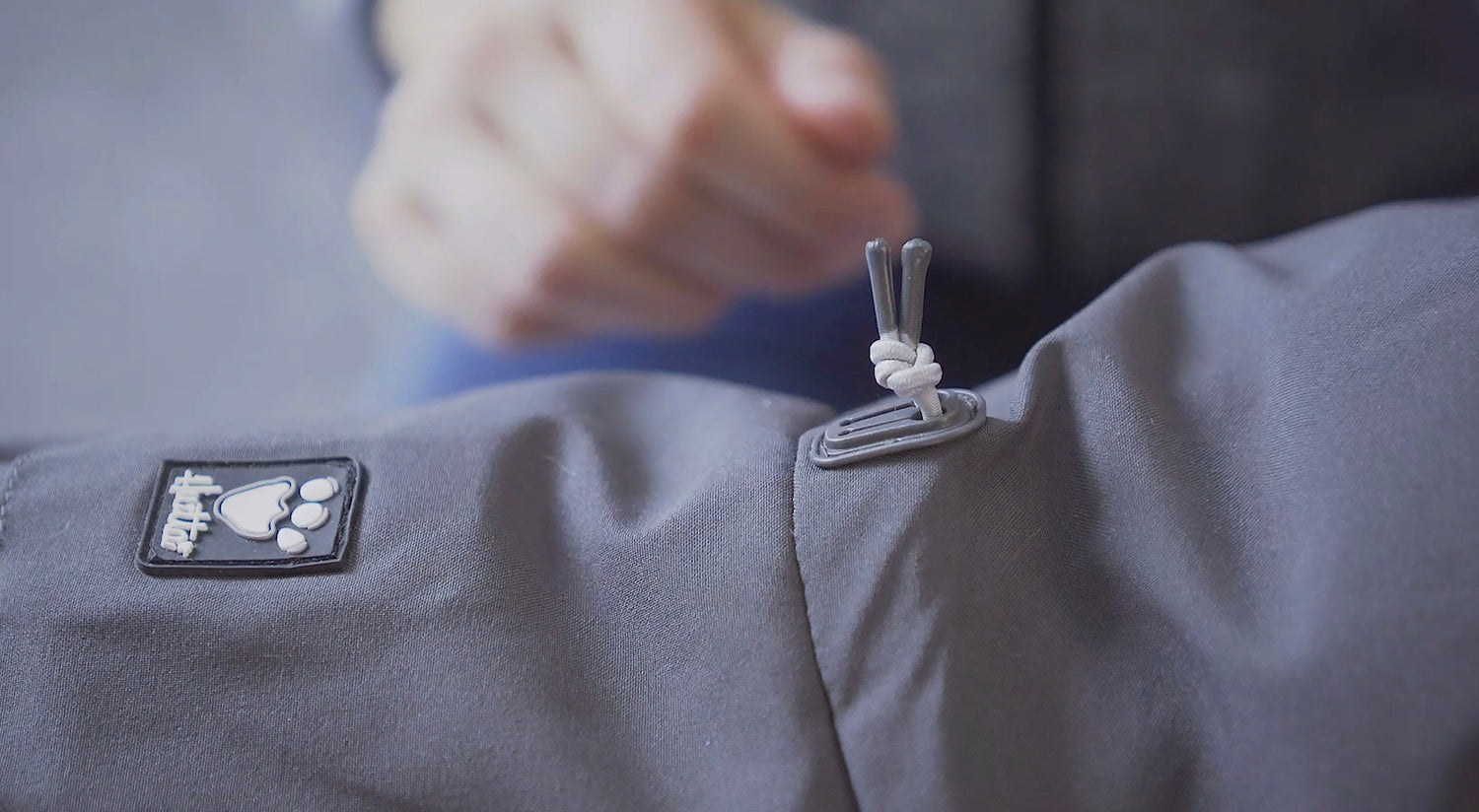
Extreme Overall
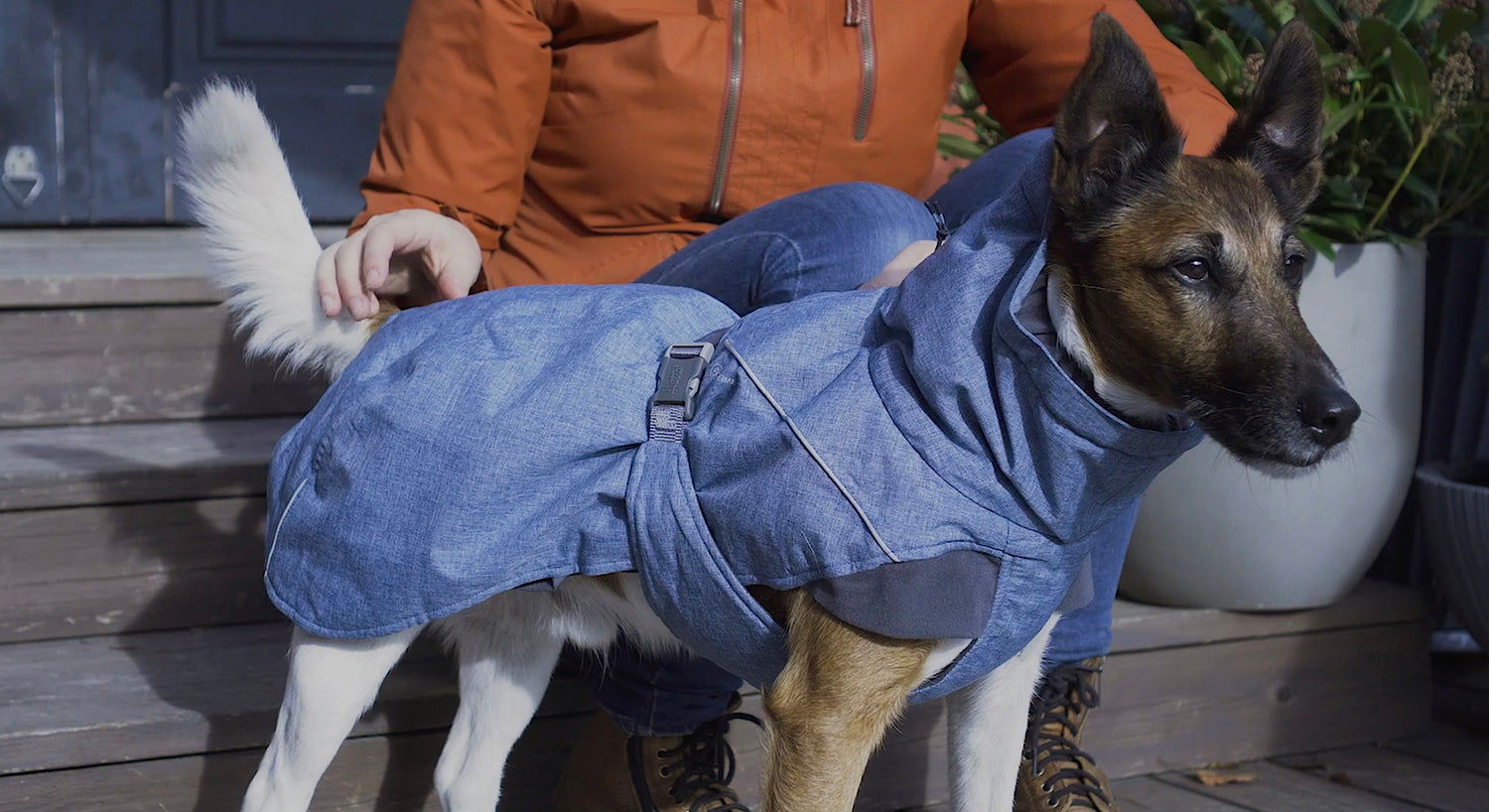
Expedition Parka

Razzle-Dazzle Midlayer

Weekend Warrior Harness


